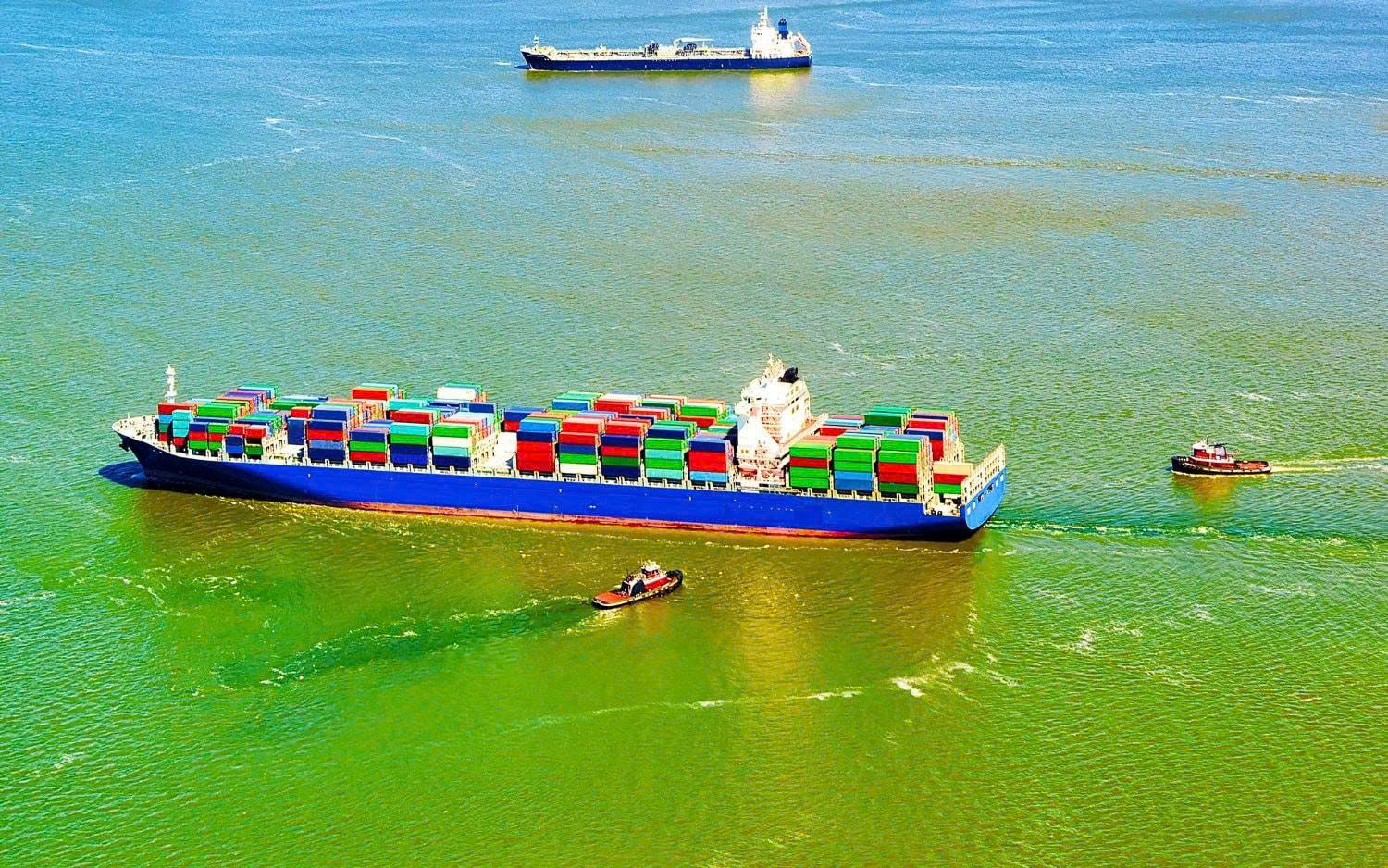One million TEUs of container lines' capacity could be idle by 2023 as demand falls, freight rates fall and economic confidence deteriorates.

Freight platform Xeneta said on its 2023 outlook that ocean freight volumes could drop by up to 2.5% by 2023 in an extremely challenging market environment.
Xeneta CEO Patrik Berglund said: “The cost-of-living crisis is eating away at consumer spending, causing consumers to reduce demand for containerized goods. With no sign of a global panacea to fix that, we expect ocean freight volumes to drop, maybe around 2.5%. That said, if the economic situation deteriorates further, it could be even more.”
Exacerbating the economic difficulties facing the market, the global container fleet is expected to grow next year, with an additional 1.65 million teu capacity joining the fleet.
“Some [older vessel] demolition will slow that growth, but we still forecast a 5.9% increase in capacity. Berglund said even if the number of demolitions doubles from our current forecast, the container shipping industry will still have the potential to expand by nearly 5%."
Berglund says falling demand and increasing capacity is a classic recipe for overcapacity, a factor that Xeneta predicts will lead to up to 1 million teu idle capacity, "maybe even more.” Current fleet idleness is close to zero after companies hunted for ships to operate during the recent pandemic-induced freight market surge.
“Carriers have proven adept at protecting and increasing rates during COVID, but with overcapacity and easing port congestion, on most major trade routes, they will must fight each other in 2023” Berglund said.
Spot market rates have fallen and may return to pre-pandemic levels on some routes by 2023, and long-term rates will plummet as the market's top fixed contracts expire and
their replacements reflect new market realities, Xeneta said.
“For the upcoming contract negotiations, it is imperative to keep an eye on the latest market data to achieve optimal value. However, those negotiations will be difficult for all parties. Carriers will need volume, but at the same time, shippers will not have the bulk to get the best rates. What we can see is that the freight forwarders are the big winners, as they can find a hot spot, serving SMEs while playing the short-term market with other players transportation. Despite that, there are both opportunities and challenges ahead, in the short and long term,” Berglund said.









